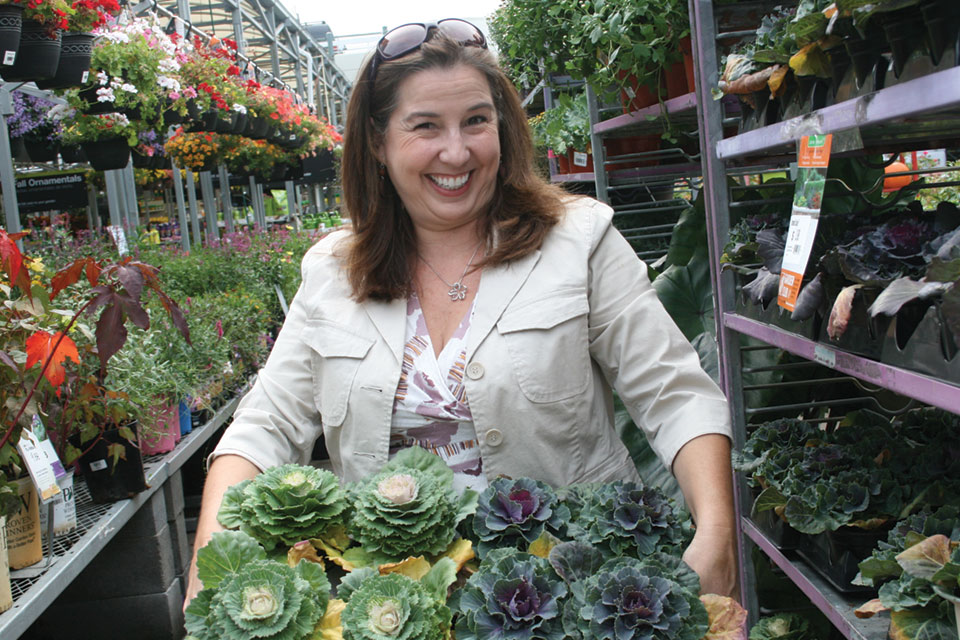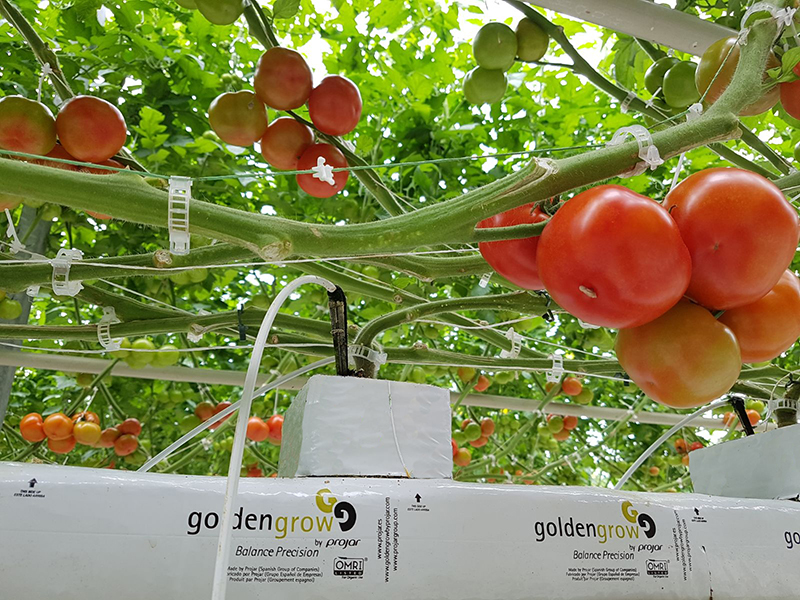How You Can Better Connect With Your Customers
 One of the best parts of my job is connecting with people in the industry. I love to learn about them and from them. Conversations lately have centered on customers, and rightly so, as customers keep us all in business. The customer experience has changed dramatically in the last decade and continues to evolve. What hasn’t changed is what customers really want.
One of the best parts of my job is connecting with people in the industry. I love to learn about them and from them. Conversations lately have centered on customers, and rightly so, as customers keep us all in business. The customer experience has changed dramatically in the last decade and continues to evolve. What hasn’t changed is what customers really want.
Customers crave special treatment. They want to feel unique. It doesn’t matter if you have two customers or two million, the reality is they think they are the only ones who should matter to you. Cookie-cutter strategies don’t cut it anymore. One could argue it is impossible to give millions of customers special treatment, and yet we see it all the time — loyalty programs, special events, upgraded services, and so forth — and businesses continue to change their strategies in this area, finding different touchpoints to not only interact with their customers, but also provide the ultimate customer experience.
During my conversations with growers this past month, four bits of wisdom shared with me about the customer experience, particularly relating to the end consumer, have stood out.
Go where the customer wants to buy. Finished are the days when showing up on your doorstep was a customer’s only option. You need to meet them where they are. If you don’t know where and how your end consumer wants to shop or assume it’s the same place it has been for the last decade, you are doing yourself a disservice. Part of the individualized experience is offering convenience, not on your terms — on theirs.
Think like a consumer. We are selfish creatures at heart. We don’t make purchases if we don’t know what is in it for us. To get inside the head of a consumer, you must find out what they struggle with to convey how your product can provide a solution. You need to know what they want to accomplish with their purchase. What barriers or perceived risks do they have to purchasing your product? You can’t address concerns that are invisible to you; you can’t mitigate perceived risks when you are not aware of them.
Compete on value, not on price. While it’s true price can be a barrier to purchase for some, and it’s important to correctly price what you sell, leading with price often isn’t the best long-term strategy for keeping your door open for business. If you were to compare your prices with your competitors, you might find they are the same. What then? This also ties to thinking like a consumer. Matching products with consumers’ needs increases the value proposition for the buyer. Providing value also means you don’t always have to rely on “selling” your product to a consumer; the consumer sells themselves on your product.
A return customer is your cheapest customer. The customer experience is more about giving people reasons to return to do business with you than it is about a one-and-done deal. When a customer is hooked on you, the upfront leg work is done, the marketing you put behind your products has done its job, and the value of your good or service is realized. Return customers often spend more money than first-time customers. It can take less money to retain returning customers. People who show up repeatedly to do business with you are often the best word-of-mouth customers. You have their attention. Now focus on how you will keep it.
Finally, it behooves us all to contribute to the customer experience, even if our direct customer isn’t the one walking the retail aisles. Everything is linked. Without consumer demand, there isn’t a product to sell. No product to sell means no demand. If no one grows product, they don’t need inputs or new plants. You get the idea. We may think it is all about us and our risk, it’s really about the consumers that keep us in business, and in that sense, they are everyone’s responsibility.









